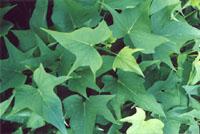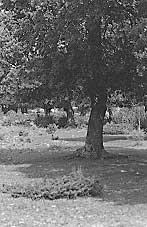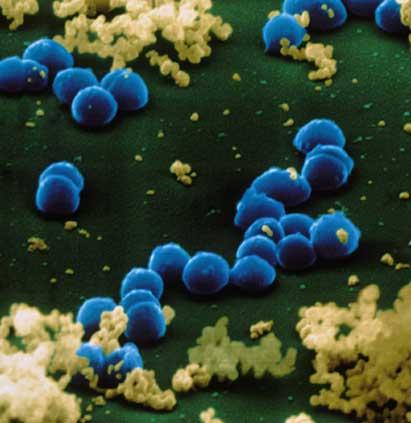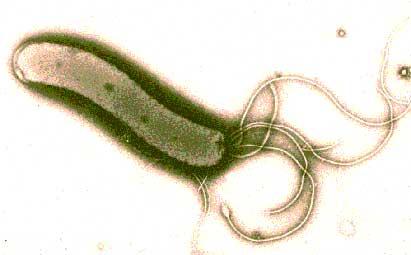A historic mistake?
2001/06/07 Carton Virto, Eider - Elhuyar Zientzia
Phytophthora infestans has received leaves contaminated by the pathogen and has undergone a genetic analysis. The pathogen P. infestans causes red on the legs and XIX. In the 20th century it caused the epidemic in Ireland. This led to the deaths of one million hungry people. So far the strain of the pathogen US-1 has been considered guilty of this violent pest, but the genetic analyses carried out by these researchers have annulled this theory. In fact, in the genetic material collected from dried leaves there are also no remnants of the US-1 strain.

Moreover, the strain US-1 P. It is said that the original strain of the pathogen Infestans is neither formed in Mexico. With these claims they have turned the results of 70 years of research upside down and many have not accepted them with good spirits. It has been recognized that the US-1 strain developed in Mexico and subsequently migrated to Europe, but researchers at North Carolina University believe that in South America the pathogen emerged in the cradle of the potato.
The new research has intensified the debate on the origin and trajectory of the pathogen P. infestans, but it has also opened a new line of research, since existing technology could not study traces of DNA from dry and fragile old leaves. Hundreds of old potato leaves are currently being studied at North Carolina University. In their forensic work, they believe they will discover the origin and the keys to the diversity of the pathogen P. infestans.
Red generates annual losses of $3 billion in developing countries. This study will also serve them.

Gai honi buruzko eduki gehiago
Elhuyarrek garatutako teknologia






